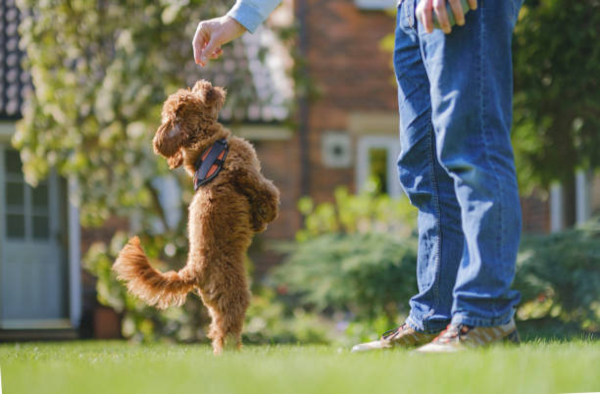
Dogs are brilliant creatures that are capable of learning much more than we give them credit for. It’s no secret that we all want our dog to be the “goodest” of them all. A dog that is well-mannered around others, sociable, obedient, friendly, and most importantly, one that comes when we call. To get that, we need to approach training in a way that is considerate of our dog’s personality and temperament.
A dog’s personality or behavior is determined by many factors such as breed, history, the environment in which he or she is raised, spoiling, energy levels, natural instincts, and the list goes on. Just like every creature on our planet, dogs have wants and needs, moods, favorite activities, and certain foods they prefer. Even in the same breed, some dogs might love squeaky toys and kibbles and others might not give them even the slightest hint of interest.
Say you’ve tried training your dog by the book and were surprised to find that nothing really worked. To clarify this, let’s just say, there is really no such thing as training by the book. There is however – identifying your dog’s wants and needs and creating a training program that is just right for them. To help with that, we’ve put together a list of 10 Reasons why your dog might be losing interest during training and a few tips to help you get back on track.
Table of Contents
- Your Dog is Not Properly Motivated
- You Are Losing Patience
- You Are Punishing Your Dog
- Your Dog Much Prefers to Do Something Else
- Your Dog Isn’t Interested in Going for Walks
- Your Dog Is Too Distracted
- Family Members Are Pitching in With a Different Approach
- You Are Training Your Dog for One Hour on Saturday
- You Are Not Exercising Your Dog Enough
- You Have Waited Too Long
Your Dog is Not Properly Motivated
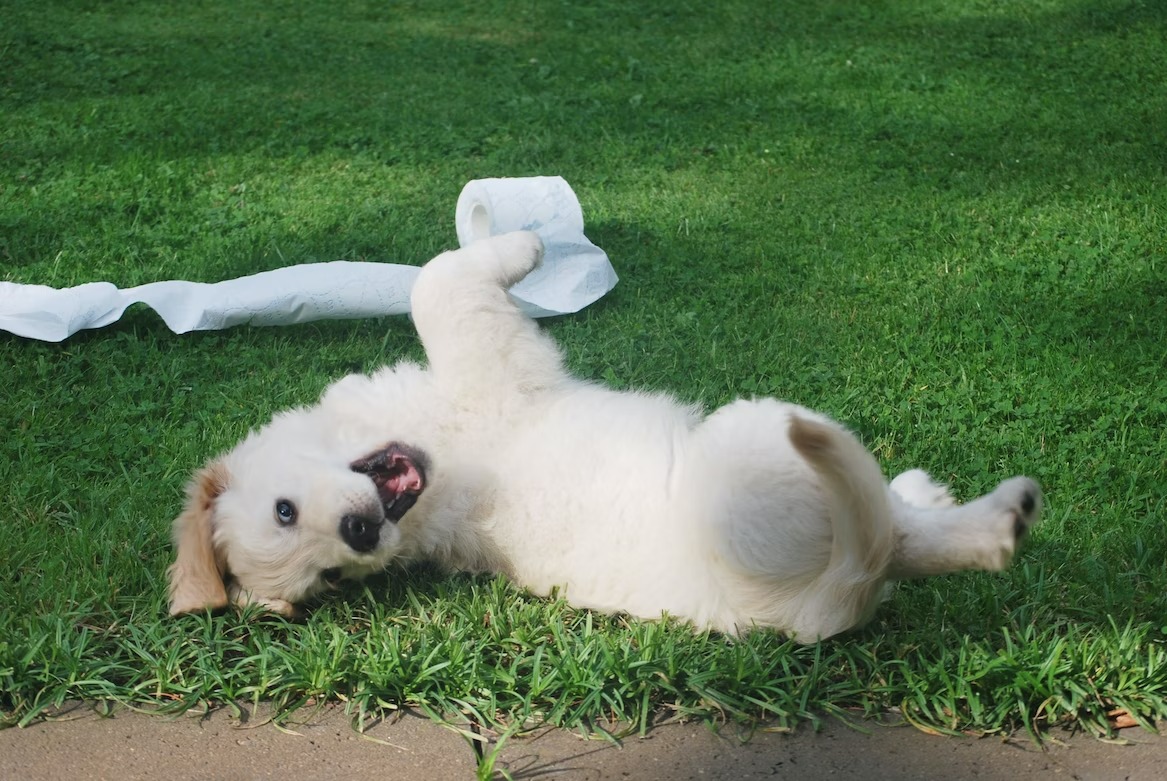
Training motivation comes in many shapes and sizes. Petting, praise, kisses on the forehead, food treats, kibble, belly rubs, toys, and games, are all effective tools (rewards) you can use to motivate your puppy.
Your dog might be a picky eater who doesn’t fancy kibble as a treat. He or she might have a favorite toy or a certain tone of voice they perceive as positive. In order to properly motivate your puppy, it’s important to identify what they respond best to. Instead of sticking to a certain praise or treat that is semi-interesting to your puppy, try switching things up. Add a variety of treats and identify which ones your dog finds to be the most appealing and delicious. Instead of kibble and processed dog treats, try apples, bananas, peanut butter, carrots, chicken, or even popcorn. Use their favorite toy and reward them with lots of praise. Rotate their favorite treats and toys and try not to stick to just one motivation tool as your dog might get bored of it and lose interest fairly quickly.
You Are Losing Patience
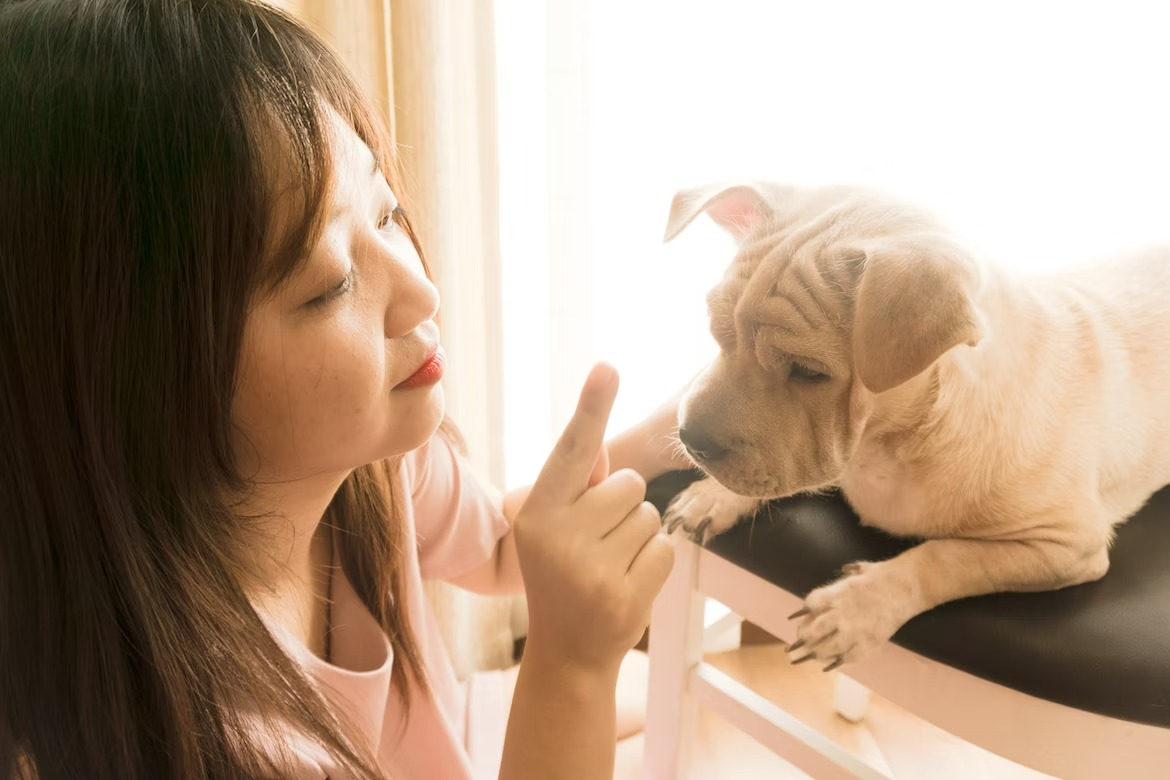
Training success comes with patience, consistency, and positivity. Rushing things or expecting your pooch to sit, bark, or shake on the first try, will only have undesired side effects. Losing patience and getting annoyed will confuse and possibly scare your dog and lead him or her to lose interest in the task. Keep in mind that you are your puppy’s teacher and mentor, and you decide when and how long class will be in session. Frequency is key in training, but you don’t have to take on a 10-minute session if you don’t feel like it. Instead, you can try a few seconds to a few minutes at a time and repeat every couple of hours. It’s also important to never lose sight of the fact that by training your puppy you are sure to collect an abundance of rewards later on.
You Are Punishing Your Dog
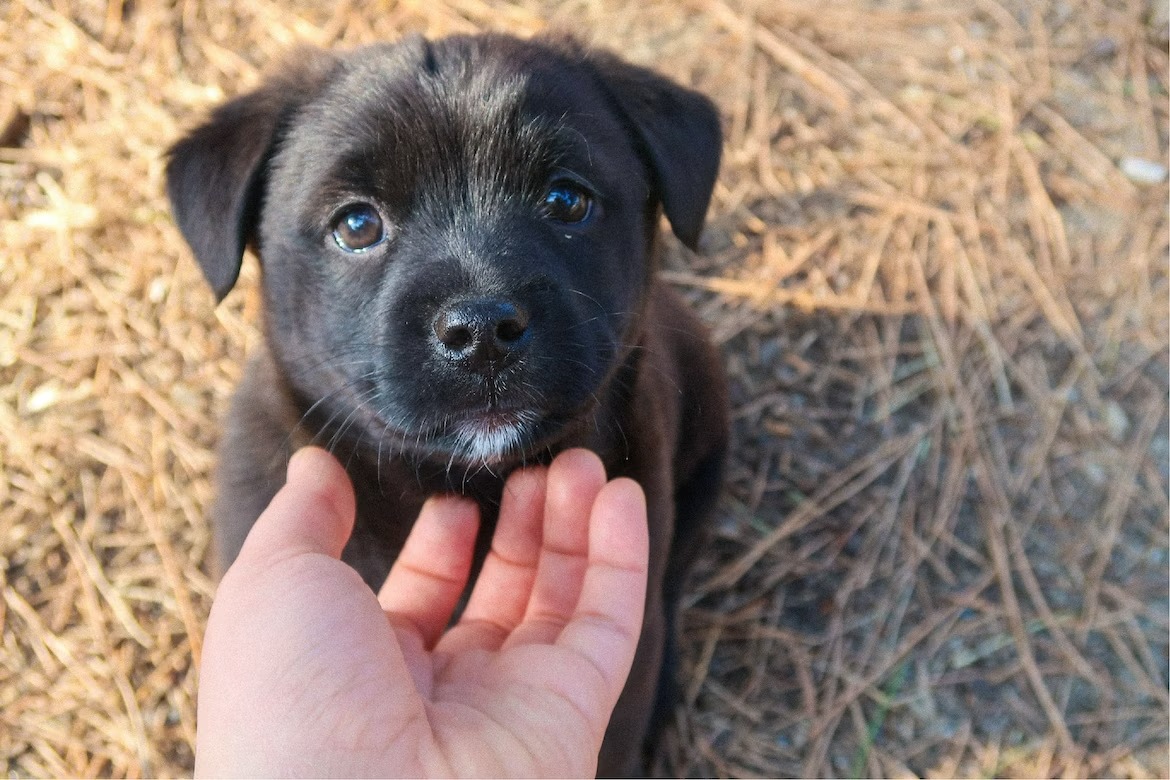
It has been proven time and time again by an endless number of studies that punishing a dog will only lead to bigger issues. Dogs are incapable of feeling guilt and they might just perceive yelling as loud praise. Punishing your dog has three major faults:
- Your dog might become fearful and distrustful, and he will surely lose interest
- If you are not there to correct a certain behavior every time they engage in it, your dog will not associate his punishment with that behavior and will likely do it again
- Say for example you are at the dog park and your recall word isn’t working. You take your dog home and punish him or her as soon as you arrive. Your dog has no idea what he or she did because a certain amount of time has passed. When this happens, the outcome is a confused and possibly aggressive dog.
Instead of using punishments to correct certain behaviors, try directing your dog in a different direction. If you catch them munching on your shoes, give them something else to chew on – like a canine chew toy. If you find them replanting your flowers, arrange an area for them to enjoy their digging hobby. When your recall isn’t working, take the time to practice at home starting from different rooms and slowly building up towards areas with distractions. Understand that your dog will get there; you just need to guide them and be patient.
Your Dog Much Prefers to Do Something Else
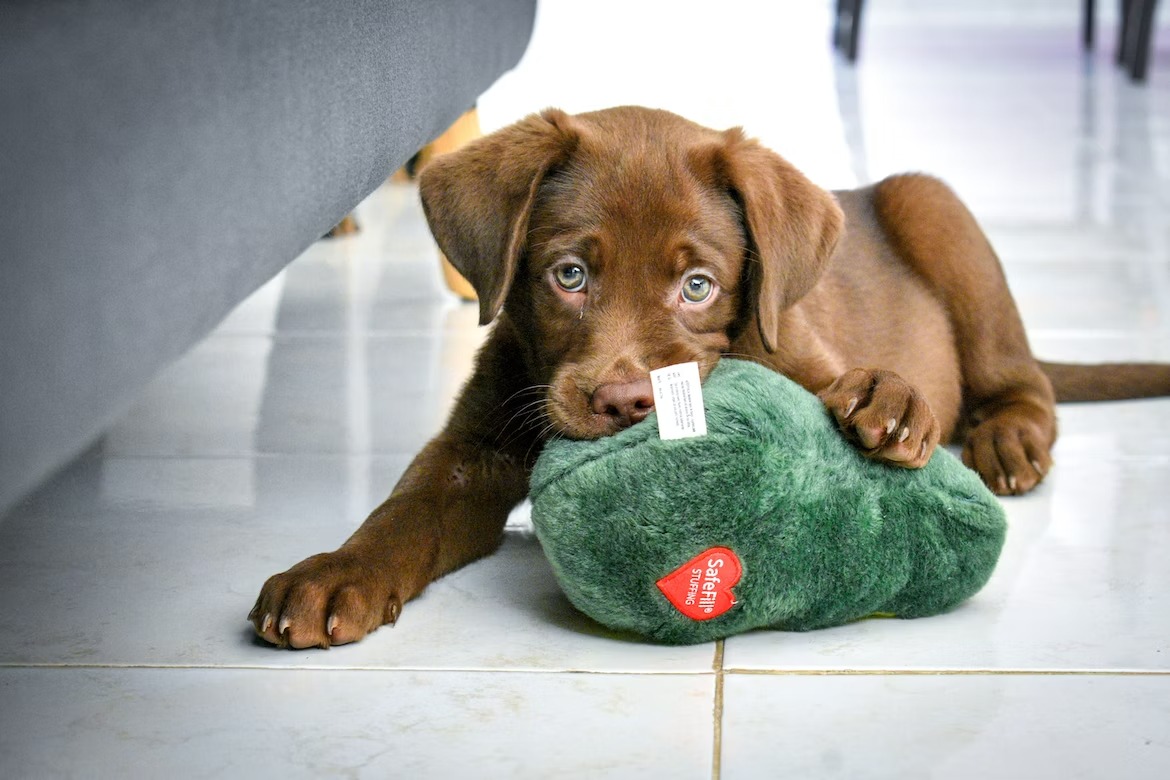
And that’s ok! Like we mentioned before, dogs have moods just like us. They get tired, bored, annoyed, or they simply feel like playing instead of learning. If your puppy is zooming across the living room and you can’t capture their attention, it’s alright. Let them zoom and burn off their puppy energy because that is what they need to do at that certain time. Instead of forcing them to sit still and listen when they have the zoomies, you can wait it out and begin your training session when they are ready. The same goes for when they are feeling tired, annoyed, sick, or simply bored. You can integrate playtime and fun into training sessions when they are bored or playful and avoid creating sessions that appear to your dog as chores or tasks. It’s important to identify their mood and never force them into an uncomfortable situation.
Your Dog Isn’t Interested in Going for Walks
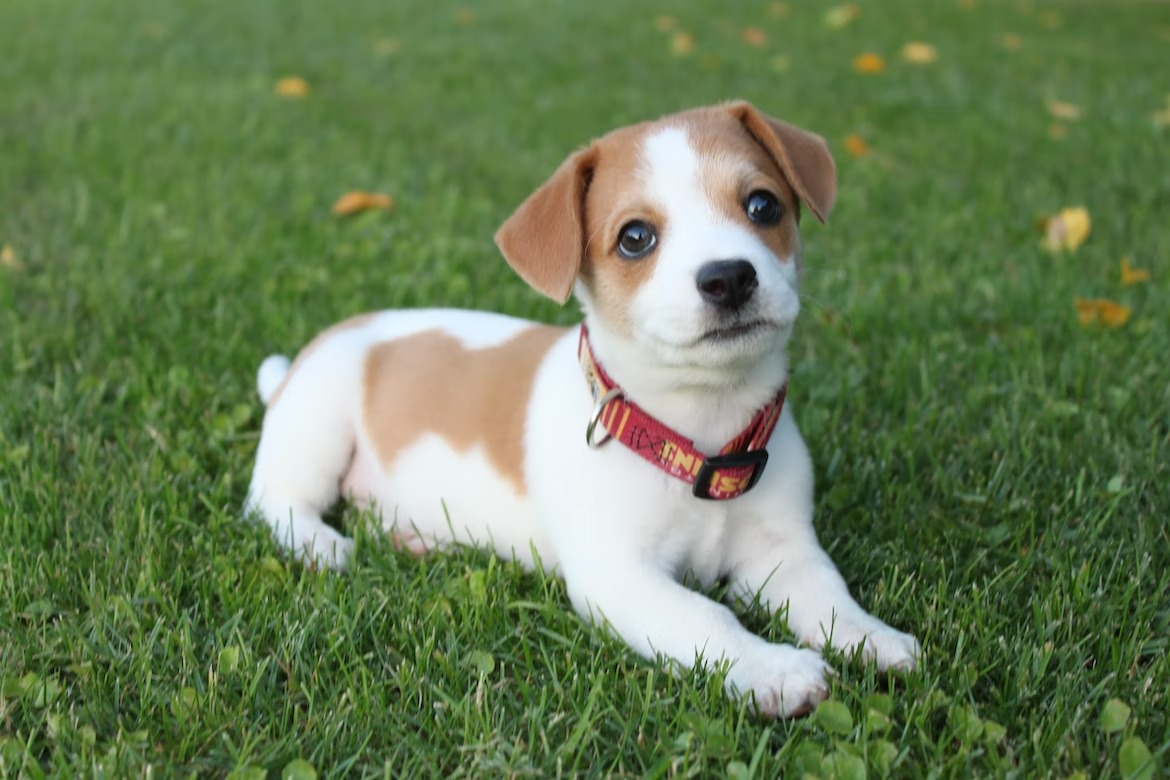
Some dogs are natural explorers at heart. They are highly sociable, friendly, and eager to sniff and discover every inch of the world. Others are shy, reserved, and not very fond of stepping outside of their comfort zone. All dogs need socialization during puppyhood to be comfortable around other dogs and people. If your puppy is not interested in interacting with others, it might simply be because he or she is shy or wary of strangers. When this is the case, it is vital that you keep your puppy away from very crowded or noisy places and never force interactions. Instead try to gradually introduce your puppy to visitors inside the home first then add new places, other pets, sounds, and distractions. Make sure to always reward your dog for good behavior in new situations. Explore together and create fun experiences for your puppy. This will help increase their interest in the socialization process and make them more open towards strangers.
Your Dog Is Too Distracted
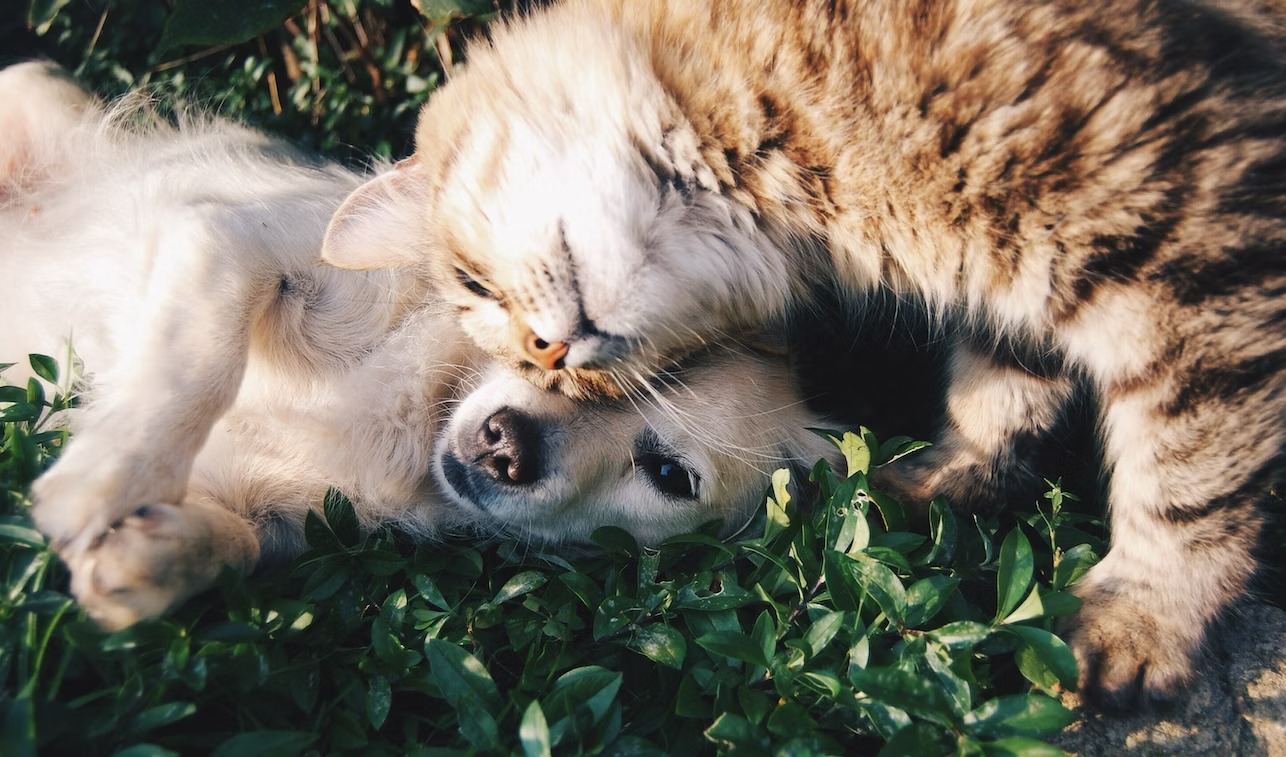
The most important thing in the first stages of training is to make sure that your sessions are held in a low-distraction area where your dog’s focus isn’t interrupted. Distractions such as other people or pets, noises, cars, even smells can easily steal focus from your dog and cause them to completely tune you out. When this happens, try to avoid forcing your dog’s attention back on you. Instead, change the setting and move to a quieter room where noise is at a minimum and where other people and pets won’t enter during your training session. Once your puppy understands that you are the yummy treat-bearer, you can add one low-intensity distraction at a time and gradually move up to more distracting situations.
Family Members Are Pitching in With a Different Approach
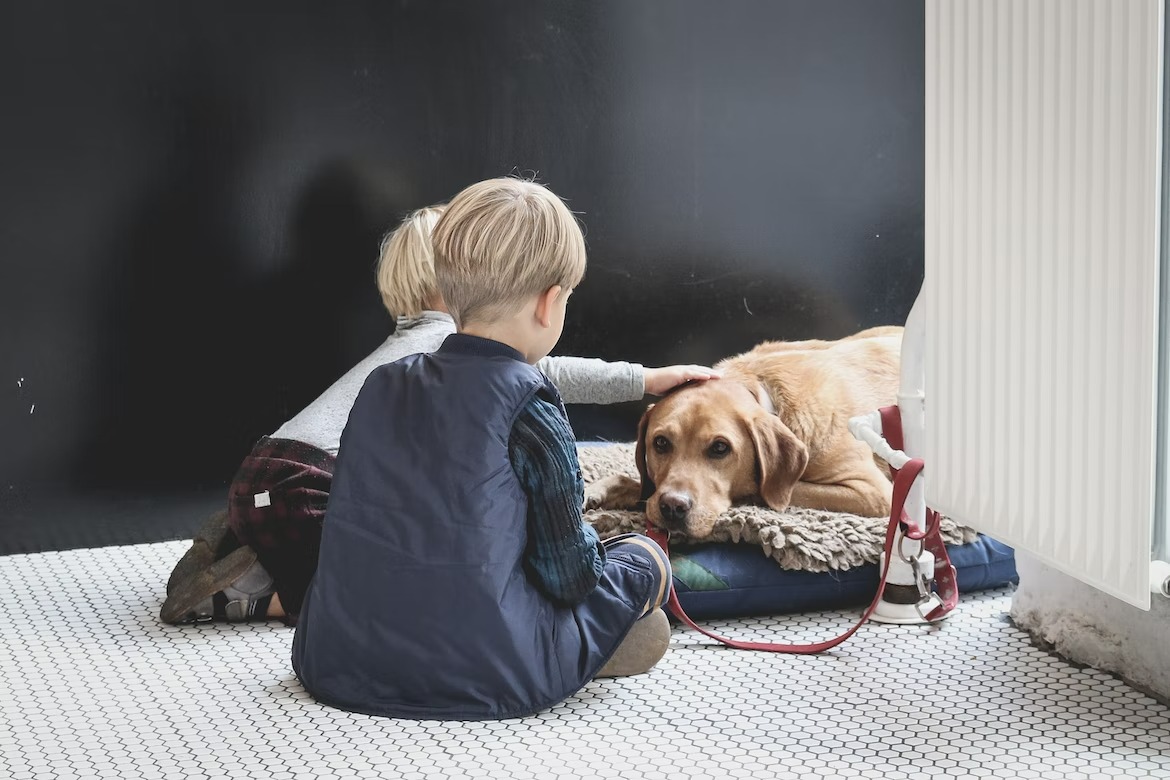
You are a family of 4, 5, or 7 and every family member wants to teach the new fluffy puppy a cute trick. As you can imagine, this will confuse your puppy to the moon and back. Having more than one trainer is not an issue per se but having multiple trainers with different approaches will definitely yield very few positive results if any at all. Puppies need consistency during training. They need a strict set of rules, a tone of voice they can pick up on, and certain words they can associate with actions. Having family members teach the puppy a new action by using different words will not work, and unless all the family members can agree and uphold a specific approach (which is difficult indeed) then it is best to stick with one trainer.
You Are Training Your Dog for One Hour on Saturday
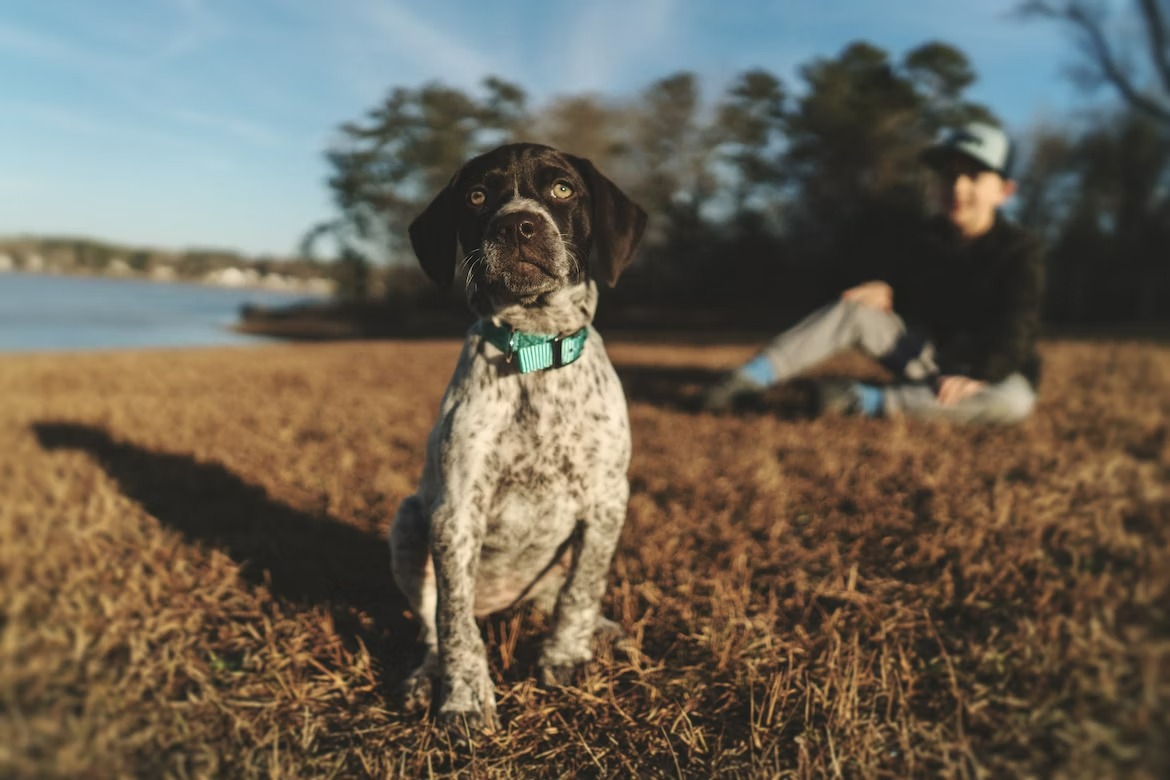
Your dog needs more than that. Training your puppy only when you can spare the time won’t work very well; instead, you need to make the time to train him or her properly. As we mentioned before, consistency is key in training. Your dog might pick up on commands and tricks quickly, but he needs practice to hold on to what he has learned. Instead of having one weekly session of an hour, try shorter and more frequent sessions throughout each day. Daily sessions can go from a few seconds to 10 minutes, usually no longer as your dog might get bored. Use short sessions for practice and longer ones for learning a new command and you will have a perfectly obedient pup on your hands in no time.
You Are Not Exercising Your Dog Enough
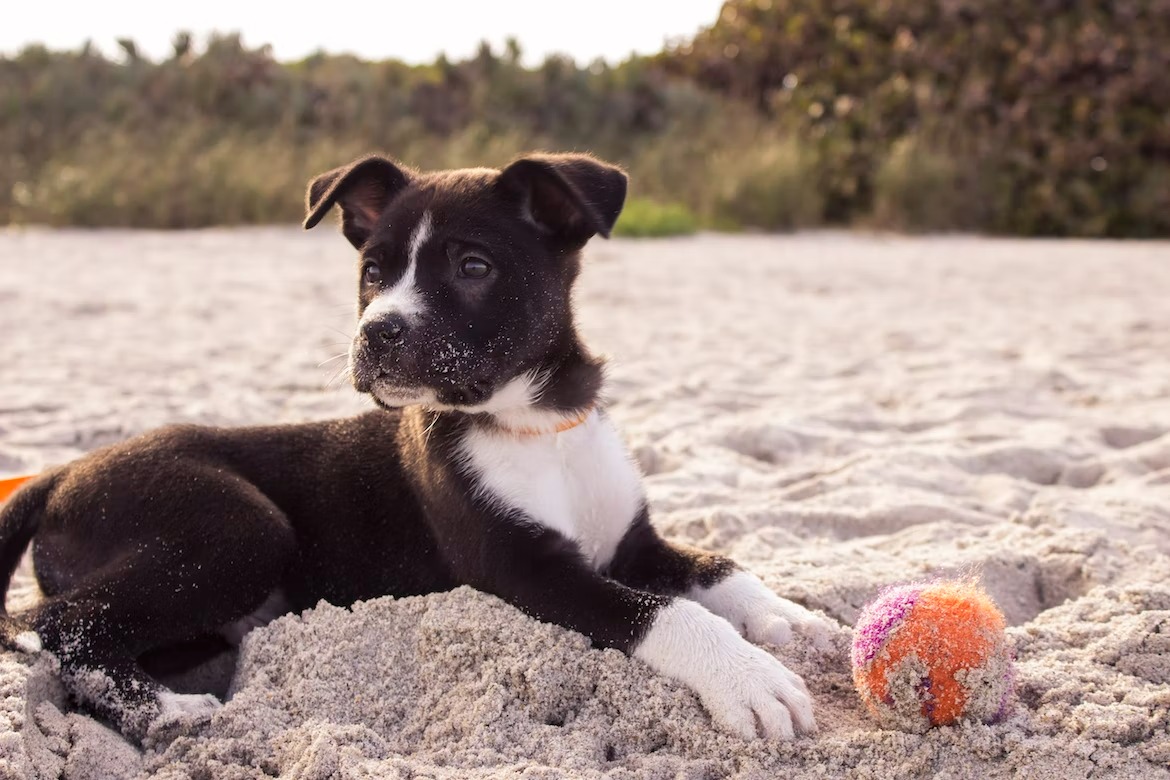
When you begin a training session you must make sure that your puppy is rested, exercised, fed, healthy, and happy. A dog that has not been properly exercised or taken on their daily walk will show some frustration and will not be as cooperative. Having too much or too little energy will make training appear as a stressful task to your dog. You should also make sure that your training methods don’t over-exercise or exhaust your perfect little pooch. The training experience should be a fun one where your dog is comfortable and happy.
You Have Waited Too Long

Training should start as soon as your new puppy arrives home. Instead of letting them be their cute puppy selves until they reach an age in which you are comfortable they are mature enough to begin learning, teach them the basics as early as possible. Although they have short attention spans at 7-8 weeks old (around the time they first come home), they can still learn what goes and what doesn’t, where to go and where not to go potty, and what’s ok to chew. Socialization, crate, and leash training are also recommended during early puppyhood. Waiting until they are one year old will pose many difficulties as by then, they will have already formed their personalities. As a general rule, puppies are most receptive to their training up until 6 months of age. Anything after that can become a challenge. It is easier to help your puppy grow into a well-rounded adult dog than it is to fix behavioral issues later on.
Scroll down to see FAQs about training dogs!
What To Read Next
Grooming your Dog at Home Guide
How Big Will My Puppy Get?
Frequently Asked Questions
Why do dogs lose interest in training? There are several reasons why dogs might lose interest in training. Some common reasons include: lack of motivation or interest in the training, distractions or boredom, health issues or discomfort, and lack of consistency or reinforcement from the trainer.
How can I motivate my dog to train? There are several ways to motivate your dog to train. First, make sure to use positive reinforcement, such as treats or praise, when they perform well during training. You can also make training more fun and engaging by using toys or playing games during training sessions. Finally, it's important to find the right balance of challenge and reward to keep your dog engaged and motivated.
What can I do if my dog gets distracted during training? If your dog gets distracted during training, there are a few things you can do. First, try to minimize distractions in the training environment, such as noise or other animals. You can also try to make the training more engaging by using toys or treats. Finally, it's important to be patient and persistent, as it may take time for your dog to learn to focus during training.
How often should I train my dog? The frequency of dog training can vary depending on the dog and the training goals. In general, it's recommended to train your dog at least once a day, for short periods of time, to keep them engaged and prevent boredom. However, it's important to avoid over-training, as this can lead to burnout or frustration for both you and your dog.
What are some signs that my dog is not enjoying training? There are several signs that your dog may not be enjoying training, including: lack of interest or motivation, reluctance to participate in training, avoidance behaviors, and signs of stress or anxiety, such as panting, drooling, or trembling. If you notice any of these signs, it may be time to reassess your training approach and make adjustments to better suit your dog's needs.
How can I make training sessions more effective for my dog? To make training sessions more effective for your dog, it's important to focus on clear communication, consistency, and positive reinforcement. Use simple, consistent commands and reward your dog immediately when they perform the desired behavior. Also, try to keep training sessions short and frequent to avoid overwhelming your dog.
Can old dogs still be trained? Yes, old dogs can still be trained, although it may take a bit more patience and effort. Older dogs may have physical limitations or cognitive decline that can make training more challenging, but with a gentle and consistent approach, they can still learn new behaviors and tricks. It's important to adjust the training approach to meet the individual needs of the dog and to be patient and understanding throughout the process.




